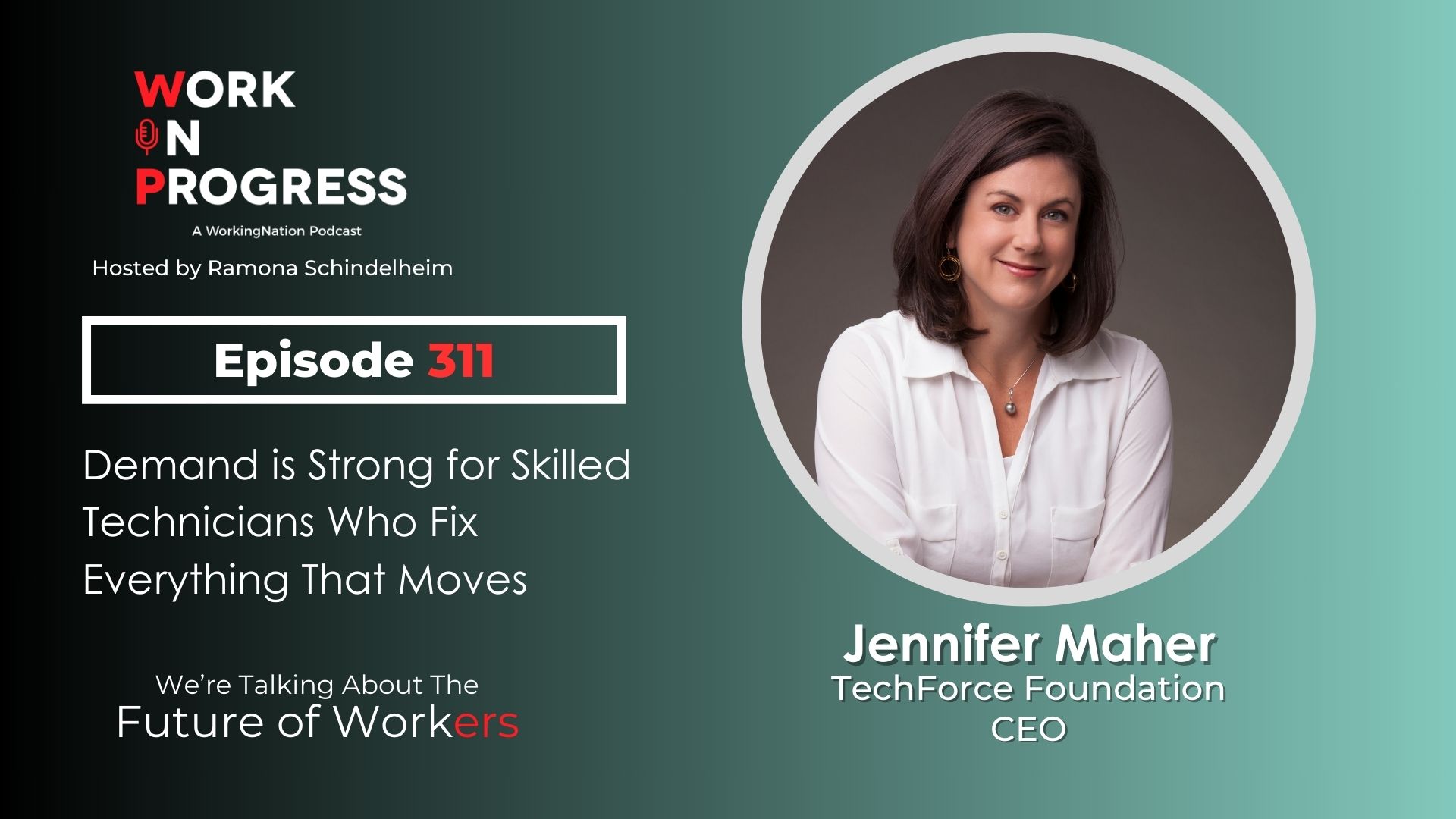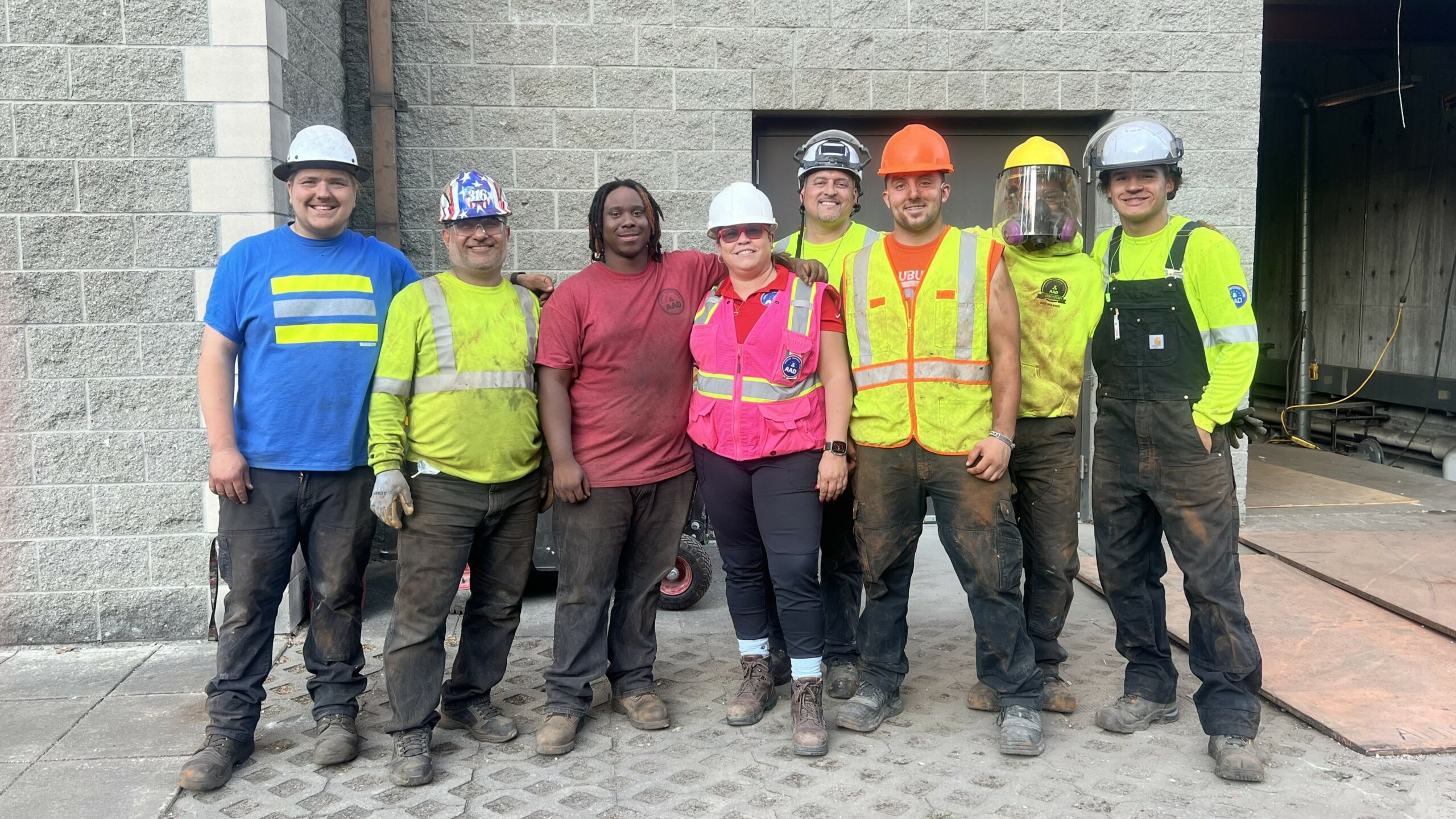As the pandemic accelerated our reliance on technology, it also has added urgency to retain women in the tech industry—an industry with a yawning gender gap. While women make up roughly half of the overall labor force nationwide, they represent less than 30% of jobs in the tech fields.
Retaining women in the tech industry has been historically difficult. COVID added more obstacles, with millions of women leaving the U.S. workforce during the pandemic, tugged between caretaking roles at home and their jobs.

Tech giant HP has gotten high marks for taking an active role in worker equity and inclusion and for working to retain its female employees during the pandemic, but the company acknowledges more needs to be done.
Last month, it pledged to drive more “diverse, equitable, and inclusive technology industry.” A major part of that goal is to achieve gender parity in leadership by 2030. HP also committed to achieving greater than 30% technical women and women in engineering roles over the next nine years.
“Creating a culture of diversity, equity and inclusion has long been integral to HP’s success, but our work is far from done,” Enrique Lores, HP president and CEO says in a statement accompanying the pledge.
“We will continue pushing to break down barriers within our own organization while using our platforms to advance gender and racial equality, social justice, and human rights across our ecosystem.”
Retaining Women During the Pandemic
Right now, more than 30 percent of HP’s leaders are women, nearly doubling the industry’s benchmark of 16 percent of women in senior positions.

Sue Richards holds a Bachelor of Science in Mechanical Engineering from Rensselaer Polytechnic Institute. She joined HP 29 years ago as a manufacturing development engineer and delivered the company’s first color Deskjet printer and cartridge to market.
Today, Richards is the Global Head of Printing Microfluidics, Technology & Operations for HP, with about 3,200 people in her organization. She describes her job as leading the “Inkjet Supplies Operations and research and development, creating and developing platforms for current and future print opportunities.”
Recently, her team, along with HP’s Specialty Printing Systems group, collaborated on the company’s first life science printing application, the HP D300e BioPrinter. The technology enables labs to “print” pharmaceutical samples instead of ink and is used in labs and hospitals around the world. Last summer, at the height of COVID-19, the company donated BioPrinters to NGOs, government agencies, and pharmaceutical companies to accelerate drug and vaccine research.
While working to deliver for the company during the pandemic, Richards also was helping care for her aging parents and attending to her own children. For women like herself, she says, HP was very deliberate in providing support.
“They actually pulled these round tables at different levels of leadership and said, “Okay. What are you dealing with right now during COVID? What can we do to help? How can we be more proactive about our programs for elder care, for childcare, for others?,” says Richards.
That kind of response, says Richards, is all part of HP’s agenda towards diversity, equity and inclusion, which is also her own personal mission as an advocate for women in the tech industry.
“It’s just become a part of our company fabric,” adds Richards. “And you see it even with our Board of Directors.” HP company reports 40% of its Board of Directors are women, and 58% are people of color.
Building a Pipeline
Richards acknowledges that seeing someone who looks like you in a leadership role aids diversity efforts throughout the organization. “Our lower-level talent can see that and can imagine themselves in those positions,” she adds.
To create a pipeline of women within the company, Richards cites a number of programs for women at all levels from providing mentors to making sure high potential talent get the experience they need to advance.
“You need to pull up that next generation of female leaders as well and help develop them. And part of that is having that coaching, having that sponsorship, and advocacy at all points in your career,” Richard emphasizes. “
Holes in the Pipeline
Developing a pipeline in the tech industry means plugging holes at pivotal times when women tend to leave. In the tech industry, the early years are crucial. Research by Girls Who Code and Accenture finds that half of women who take a tech role drop it by the age of 35. At HP, Richards sees that hole in the pipeline within the first five years of a woman’s career.
“Our attrition is just as important as our development and stopping that attrition and letting people know you matter, you’re important,” she stresses.
Another pivotal time for women comes when they may switch to part-time work for family reasons. “What we need to do is myth-bust on some of our assumptions that if you’re part-time you can’t take that next step in your career,” says Richards.
Confronting the Imposter Syndrome
While Richards makes it a priority now to help other women advance, that wasn’t the case a decade ago. Hesitancy held her back. “Ten years ago, I wasn’t sure what I had to offer to people below me,” Richards adds, “This gets to that imposter syndrome.”
The term imposter syndrome is used to describe people who are high achievers but unable to accept their success. And a study done by KPMG finds it’s a common theme among women in the corporate world.
It reports that 75% of female executives report experiencing feelings of inadequacy and self-doubt at certain points in their careers. Richards describes overcoming those feelings as a lifelong journey.
“I’ve worked at overcoming it level by level and recognizing where I don’t need to do it exactly like my predecessor did it or exactly like that leader did it,” says Richards. “I recognized that I should stop pinning my success based on what that person looked like.”











